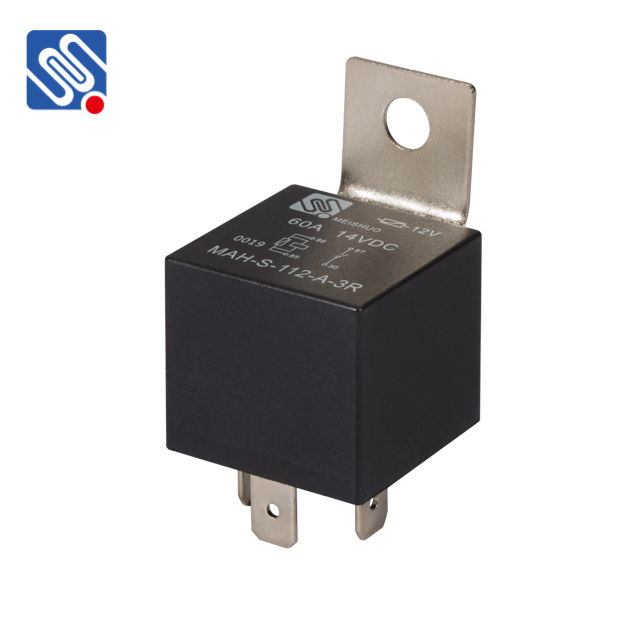Relays are fundamental components in the world of electrical and electronic systems, acting as switches that control a variety of high-power devices using low-power signals. One of the most commonly used types is the 12V relay, typically designed to operate with a 12V direct current (DC) signal for its control coil. In this article, we will explore the working principle, common applications, and benefits of 12V relays, as well as considerations when selecting them for different projects.

What is a Relay 12V? At its core, a relay is an electrically operated switch that allows you to control the flow of electricity in a circuit. The main components of a relay are the control coil (electromagnet), armature (mechanical moving part), and contacts that open or close when the relay is activated. A 12V relay is designed to operate with a 12V DC signal applied to the coil. This activation causes the electromagnet within the relay to move the armature, either opening or closing the contacts, thereby allowing or interrupting the current in a separate circuit. This separation of control and power circuits is what makes relays so useful for applications requiring isolation between the triggering signal and the high-power load.